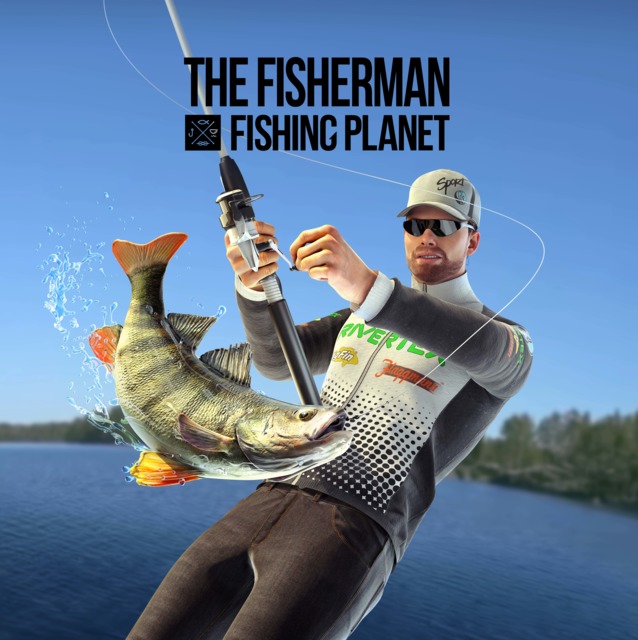

Shipwreck survivors could drop a small explosive timed to explode in the SOFAR channel and then listening stations could determine the position of the life raft. The channel got its name during World War II when the US Navy proposed using it as a life saving tool.

It is a wave-guided zone where sound waves refract within the layer and propagate long distances. The Sound Fixing and Ranging (SOFAR) channel, where sound travels the slowest due to salinity and temperature variations, is located at the base of the mesopelagic zone at about 600-1,200m.

The mesopelagic zone has some unique acoustic features. These different water masses affect gradients and mixing of nutrients and dissolved gasses. These changes in temperature, salinity, and density induce stratification which create ocean layers. The density ranges from 1023 to 1027 g/L of seawater. The variation in salinity is smaller, typically between 34.5 and 35 psu. The temperature variations are large from over 20 ☌ (68 ☏) at the upper layers to around 4 ☌ (39 ☏) at the boundary with the bathyal zone. The mesopelagic zone includes the region of sharp changes in temperature, salinity and density called the thermocline, halocline, and pycnocline respectively. It has long captivated the imagination of scientists, artists and writers deep sea creatures are prominent in popular culture. It hosts a diverse biological community that includes bristlemouths, blobfish, bioluminescent jellyfish, giant squid, and a myriad of other unique organisms adapted to live in a low-light environment. The mesopelagic zone occupies about 60% of the planet's surface and about 20% of the ocean's volume, amounting to a large part of the total biosphere. It is defined by light, and begins at the depth where only 1% of incident light reaches and ends where there is no light the depths of this zone are between approximately 200 to 1,000 meters (~656 to 3,280 feet) below the ocean surface. The mesopelagic zone ( Greek μέσον, middle), also known as the middle pelagic or twilight zone, is the part of the pelagic zone that lies between the photic epipelagic and the aphotic bathypelagic zones.


 0 kommentar(er)
0 kommentar(er)
